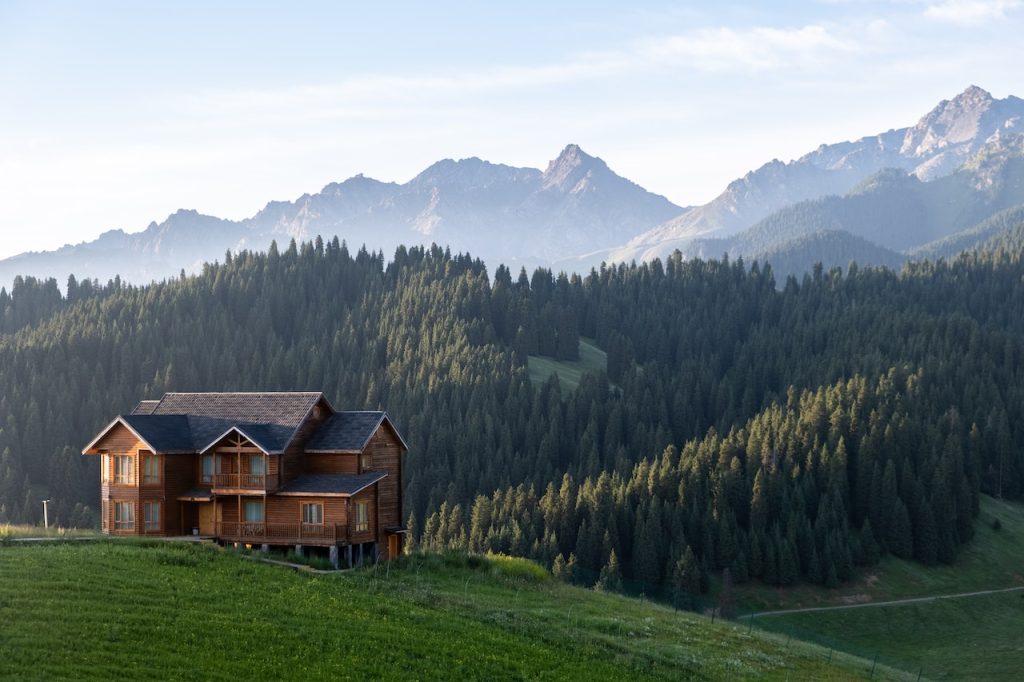Growing up on a farm, I have always had a passion for sustainable farming and gardening. Living off the grid has taught me the value of self-sufficiency and the importance of taking care of our planet. Over the years, I have experimented with various methods and techniques to minimize my environmental impact while still producing high-quality, sustainable food. In today’s article, I want to share some of the sustainable methods that I have found to be effective for maintaining a healthier planet. From organic farming to water conservation, there are numerous ways that we can all work towards a more sustainable future.
Organic Farming
One of the most important aspects of sustainable farming is utilizing organic methods. This means avoiding the use of synthetic pesticides, fertilizers, and other chemicals that can harm the environment. Instead, focus on natural and organic alternatives such as compost, crop rotation, and natural pest control methods to maintain the health of your crops.
Pro Tip: Utilize cover crops like clover or legumes to help improve soil fertility, suppress weeds, and prevent erosion.
Permaculture Design
Implementing permaculture principles on your farm can greatly improve its sustainability. By creating a holistic design that mimics natural ecosystems, you can maximize the use of resources, reduce waste, and create a self-sustaining environment. This can include things like creating food forests, integrating animals into your farm, and implementing water conservation techniques.
Pro Tip: Use swales and ponds to capture and store rainwater, allowing it to slowly infiltrate the soil and provide a steady water supply for your crops.
Regenerative Agriculture
Regenerative agriculture focuses on rebuilding healthy soil, improving water management, and enhancing biodiversity. By implementing practices such as minimal tillage, diverse cover crops, and rotational grazing, you can help restore ecological balance to your farm while also sequestering carbon in the soil.
Pro Tip: Utilize livestock to improve soil fertility through their natural grazing and manure deposition, reducing the need for synthetic fertilizers.
Sustainable Energy
Another important aspect of going green on the farm is to utilize sustainable energy sources. Consider installing solar panels, wind turbines, or hydroelectric systems to power your farm. By reducing your reliance on fossil fuels, you can significantly lower your carbon footprint while also saving on energy costs in the long run.
Pro Tip: Invest in energy-efficient appliances and equipment to further reduce your farm’s energy consumption.
Water Conservation
Water is a precious resource, and it’s important to use it wisely on the farm. Implementing water-saving techniques such as drip irrigation, rainwater harvesting, and mulching can help conserve water while maintaining healthy crops. Additionally, consider incorporating drought-resistant plants and utilizing greywater for non-potable purposes to further reduce water usage.
Pro Tip: Utilize rain barrels to collect and store rainwater for use in your garden, reducing your reliance on municipal water sources.
Community Engagement
Finally, one of the most fulfilling aspects of sustainable farming is engaging with your local community. Consider starting a community-supported agriculture (CSA) program, opening your farm for tours and workshops, or participating in farmer’s markets. By sharing your knowledge and produce with others, you can help spread awareness about sustainable farming practices and inspire others to join the movement for a healthier planet.
In conclusion, going green on the farm is not just about reducing your environmental impact, but also about creating a more sustainable and resilient future. By embracing organic farming, permaculture design, regenerative agriculture, sustainable energy, water conservation, and community engagement, we can all play a part in protecting our planet for future generations. So, let’s roll up our sleeves and get our hands dirty in the pursuit of a healthier, greener planet.



